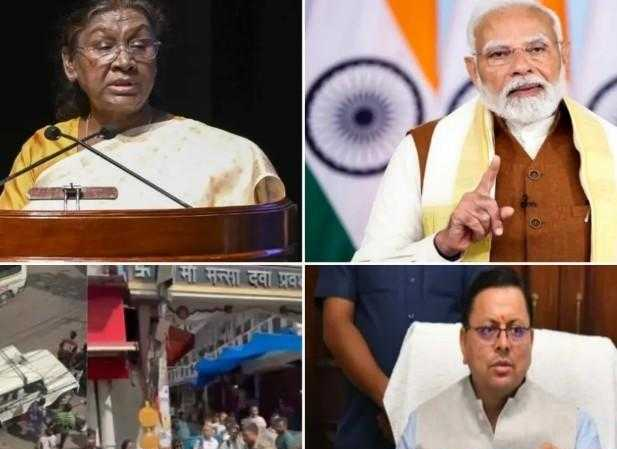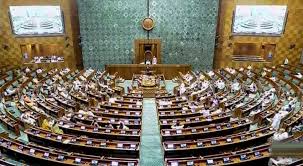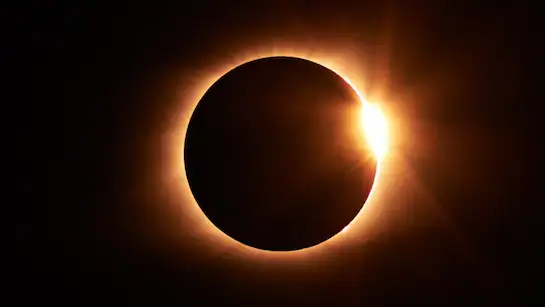Chandrayaan-3 set out to create history, PM told proof of tireless dedication of scientists

Chandrayaan-3 has been successfully launched. Anytime between August 23-24, it will land near the Manzinus-U crater on the Moon’s south pole. LVM3-M4 rocket took Chandrayaan-3 up to 179 km. After that he pushed Chandrayaan-3 into space for onward journey. In this work, the rocket took only 16:15 minutes. This time the orbit in which Chandrayaan-3 has been launched by the LVM3 rocket is the 170X36,500 kilometer elliptical Geosynchronous Transfer Orbit (GTO). Last time Chandrayaan-2 was sent in an orbit of 45,575 km. This time this orbit has been chosen so that more stability can be provided to Chandrayaan-3.
Chandrayaan-3 will make 5 rounds of Earth and Moon
An ISRO scientist told on the condition of anonymity that the tracking and operation of Chandrayaan will be easier and easier through the elliptical Geosynchronous Transfer Orbit of 170X36,500 km. Before sending it towards the Moon, Chandrayaan-3 will have to make at least five rounds around the Earth. Each round will be bigger than the previous one. This will be done by turning on the engine.
VIDEO OF LAUNCHING
Chandrayaan-3 will go into Moon’s orbit on August 5
After this Chandrayaan-3 Trans Lunar Insertion (TLI) commands will be given. Then Chandrayaan-3 will travel on Solar Orbit i.e. long highway. TLI will be completed by 31st July. After this the moon will travel towards the moon for about five and a half days. It will enter the Moon’s outer orbit around August 5. These calculations will be correct only when everything is in normal condition. In case of any technical glitch, the time may increase.
Speed will be slow on August 23, landing will start
Chandrayaan-3 will go into the 100X100 kilometer orbit of the Moon. After this, Vikram Lander and Pragyan Rover will separate from the propulsion module. They will be brought into an elliptical orbit of 100 km X 30 km. On August 23, the deboost command will be given to slow down the speed. After this, Chandrayaan-3 will start landing on the surface of the Moon.
PM Modi did this tweet
https://twitter.com/narendramodi/status/1679789062561857537?s=20
Lander power, engine and landing site area increased
This time the strength of all four legs of Vikram Lander has been increased. New sensors have been installed. New solar panel has been installed. Last time the area of Chandrayaan-2’s landing site was chosen as 500 meters X 500 meters. ISRO wanted to land Vikram Lander in the middle. Because of which there were some limitations. This time the area of landing has been kept 4 km x 2.5 km. That is, Vikram Lander of Chandrayaan-3 can land in such a large area.
Will choose the place of landing himself, will take all the dangers himself
He himself will choose the right place for landing. This time, efforts will be made that Vikram Lander successfully lands on its own in such a large area. This gives him more flexibility. Chandrayaan-2’s orbiter will keep its cameras deployed to keep an eye on this landing. Also, he has helped in finding the landing site this time.
Vikram Lander will correct mistakes in 96 milliseconds
Vikram Lander’s engines are more powerful than last time. One of the biggest reasons for the mistakes that happened last time was the camera. Which was activated in the last phase. That’s why this time it has also been rectified. During this, the sensors of Vikram Lander will minimize mistakes. Will rectify them immediately. Vikram will have 96 milliseconds to rectify these mistakes. That’s why this time more tracking, telemetry and command antennas have been installed in Vikram Lander. That is, the possibility of error is negligible.






